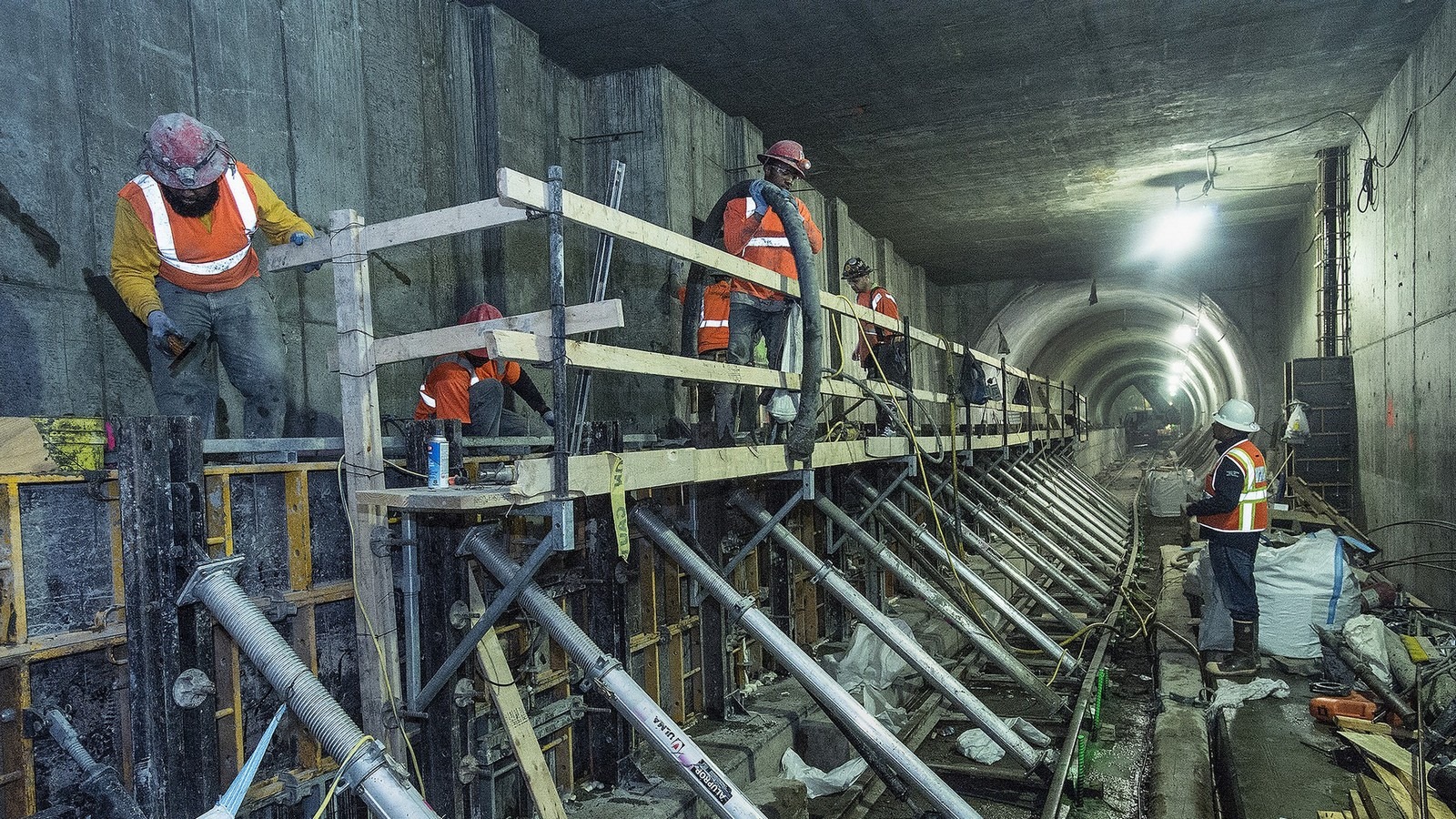
The US economy added 103,000 jobs in March, below a forecast of 185,000, and down from February’s strong 326,000, according to data released on Friday by the US labour department.
Revisions to prior reports subtracted a total of 50,000 jobs from payrolls in the previous two months. Employers have added an average of just over 200,000 jobs per month so far in 2018.
The March hiring was firm enough to keep the unemployment rate steady, at 4.1 per cent, for the sixth straight month, the lowest level since December 2000. That compared with a consensus expectation of 4 per cent. Economists estimate that monthly payroll gains at around 100,000 will be sufficient to keep pushing down the jobless rate.
The Fed’s median March forecasts suggest the unemployment rate will drop from 3.8 per cent at the end of this year to 3.6 per cent in 2019, the lowest level since the 1960s and a way below the Fed’s 4.5 per cent estimate for the unemployment rate over the longer run.
The participation rate, or share of working-age people in the labour force, decreased to 62.9 per cent after jumping 0.3 percentage point to 63 percent in February. The rate is hovering near the lowest level since the 1970s, because it faces downward pressure as older workers retire.
People working part-time for economic reasons fell by 141,000 to 5.02 million. The U-6, or underemployment rate, fell to 8 per cent from 8.2 per cent. The measure includes workers, who are unemployment, working part-time or too discouraged to look for work.
Year-on-year wage growth quickened to 2.7 per cent compared with a 2.6 per cent pace the previous month. The year-over-year gain in average hourly earnings has not topped 3 per cent since the recession ended in 2009.
The US central bank’s March outlook points to three rate rises in 2018. A pickup in wage growth is not big enough to force the Fed to reconsider its policy of gradual rate increases.
Construction payrolls fell by 15,000 thanks to the unusually cold weather. That compared with a gain of more than 60,000 in February. Retailers cut 4,400 workers. Manufacturing added 22,000 jobs, but trade tensions between the US and China, the world’s two largest economies, could threaten the sector’s rebound in coming months (President Donald Trump announced on Thursday that he would consider imposing tariffs on an additional $100 billion worth of Chinese products).
The average workweek for all private employees was unchanged at 34.5 hours.
photo: Metropolitan Transportation Authority of the State of New York CC BY 2.0